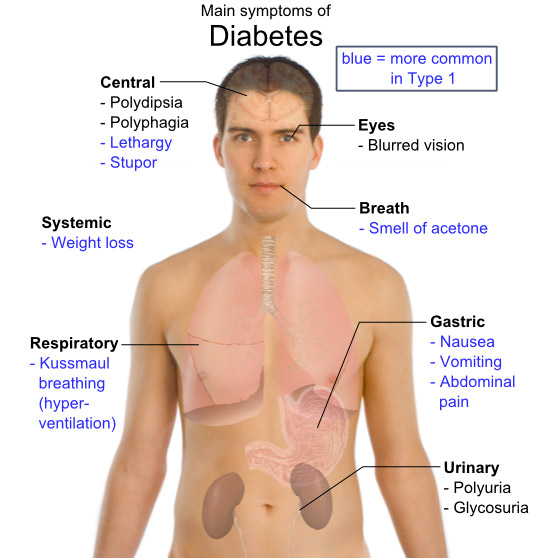Modest weight loss and regular exercise can prevent type 2 diabetes or play a role in controlling it. Adopting a healthy lifestyle, including making changes in diet and exercise, can make a big difference in your ability to manage this increasingly common disease. Read more about exercise and diabetes.
What is diabetes?
Diabetes is a condition in which the body does not produce or properly respond to insulin, a hormone secreted by the pancreas when glucose levels in the blood rise. Glucose is a sugar in carbohydrates, such as bread, pasta and rice.
Without insulin, glucose builds up in the blood and sticks to the vessel walls. This build-up will turn into plaque, causing atherosclerosis (hardening of the arteries), which in turn damages the blood vessel, increasing your risk of cardiovascular disease.
There are two main types of diabetes:
Type 1: When the body does not produce insulin. 10% of diabetes cases are type 1. Type 1 diabetes is not preventable and is not caused by lifestyle choices.
Type 2: When the body does not produce enough insulin or the body doesn’t use the insulin produced. 90% of diabetes cases are type 2. Type 2 diabetes is preventable and is caused by lifestyle choices.
Type 2 diabetes is often accompanied by cardiovascular risk factors and metabolic syndrome risk factors, such as dislipidemia, high blood pressure and obesity.
Managing diabetes:
 Losing just 15 pounds or less can make a big difference to your cholesterol and blood pressure. Exercising 30 minutes per day most days of the week has considerable health benefits and can be very helpful in managing blood sugar levels and promoting weight loss. Any type of exercise is good, including walking, swimming, dancing, yoga, cycling and aerobics.
Losing just 15 pounds or less can make a big difference to your cholesterol and blood pressure. Exercising 30 minutes per day most days of the week has considerable health benefits and can be very helpful in managing blood sugar levels and promoting weight loss. Any type of exercise is good, including walking, swimming, dancing, yoga, cycling and aerobics.
Exercise is also known to reduce the risk of coronary heart disease, cholesterol, body fat, triglyceride levels and blood pressure levels. Mild to moderate physical activity can also help lower blood sugar levels.
It is important to note that high-intensity exercise may actually elevate blood sugar levels during and immediately after exercise. You can prevent this if you do not exceed 85% of your maximum heart rate (220-age).
You should monitor your blood sugar levels around the time of exercise to identify patterns and develop strategies to optimally manage your levels.
Remember that lowering blood sugar levels through exercise depends on the intensity of exercise, medications being taken for diabetes, the amount of insulin in your body at the time of exercise, your level of insulin resistance, the time of day and any recent food intake.
Other things to keep in mind when managing diabetes:
- Avoid smoking
- Monitor your blood sugar levels
- Keep your cholesterol, triglycerides and blood pressure within your target range
- Take your medication as prescribed
- Manage your stress levels
- Follow a balanced meal plan
- Monitor the circulation in your extremities
- Visit your doctor, dentist and optometrist regularly
[/column]
